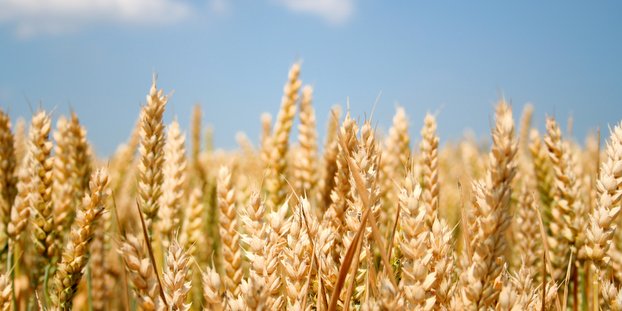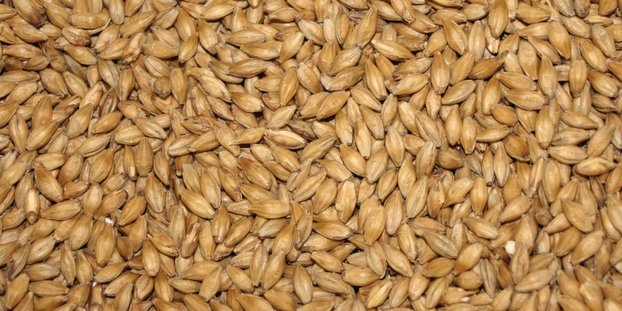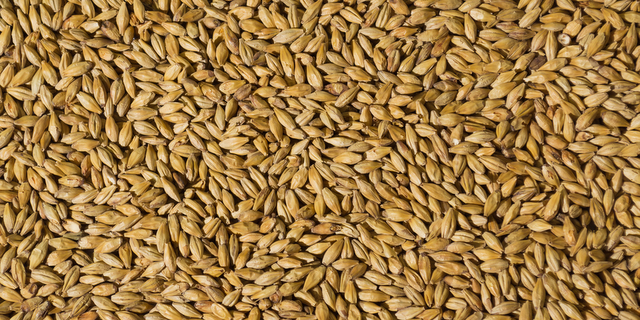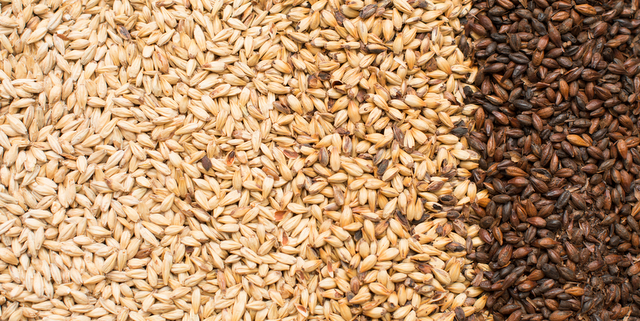
The interest in growing malting barley has expanded across the United States in the last several years and necessitated the need for additional crop research. This research ranges from trials to find current cultivars suitable for a new region, to breeding programs developing new varieties with the disease resistance and other traits to allow for profitable production. The American Malting Barley Association (AMBA) has helped to foster this research whenever its resources have allowed it to do so.
The growth in the number of brewers and distillers in the eastern United States and the movement to source ingredients locally has created a new market for malting barley in the region. Some states have added tax incentives to further cultivate these markets. Malting companies and farmers are searching for the malting cultivars that have the desired quality and will grow in the region.
There have been small grain development programs at many institutions in the eastern United States that have had barley breeding as a minor component and several of these have now dedicated significant attention to the breeding of malting barley. There are now malting barley breeding programs at Virginia Tech, Blacksburg, Va.; USDA-Agricultural Research Service, Raleigh; Ohio State University, Wooster, Ohio; and Cornell University, Ithaca, N.Y. These programs are introgressing quality traits into winter and spring barley lines that are adapted to their specific regions. This has resulted in an expanded germplasm pool that is available to breeders across the country. Resistance to diseases that are a problem in the east, like powdery mildew, are becoming available in a malting barley background. Powdery mildew is becoming more important farther west as researchers there ramp up programs to develop winter malting barley.
These eastern breeders are also working on preharvest sprouting and other important diseases like net blotch or Fusarium head blight that are spread across the United States, thus increasing the number of malting barley researchers devoted to working on these critical problems.
“The AMBA research grant program is providing funding to researchers in the eastern U.S. to not only ensure our members in the region have varieties that suit their needs, but also with the recognition that these programs contribute to the national barley research infrastructure,” said AMBA president Dr. Michael Davis. “Malting barley end-users are lucky to have such a productive, tight knit research community working for them.”





Leave a Reply
You must be logged in to post a comment.